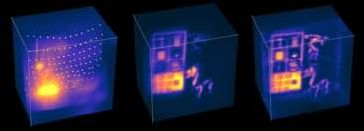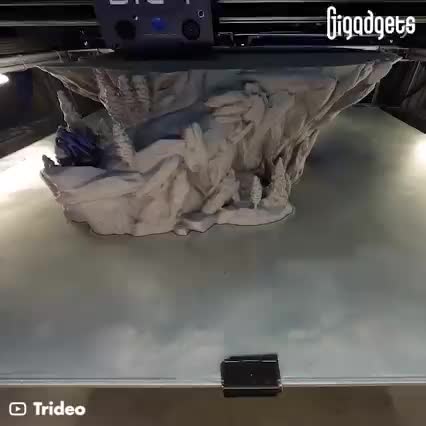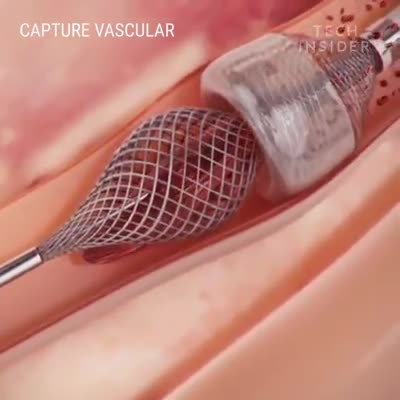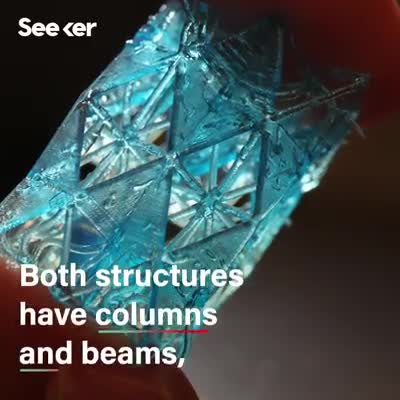Inflammation is a natural biological process, and we need some of it to keep us safe — here’s why inflammation is necessary for survival.
A Painting Robot
Posted in robotics/AI
Trideo 3D printing castle
Posted in 3D printing
Can robots be self-aware? That’s exactly what this robotics lab is investigating as it embarks on a quest towards artificial consciousness.
Log in to Facebook to start sharing and connecting with your friends, family and people you know.
Record-breaking drone show
Posted in drones









